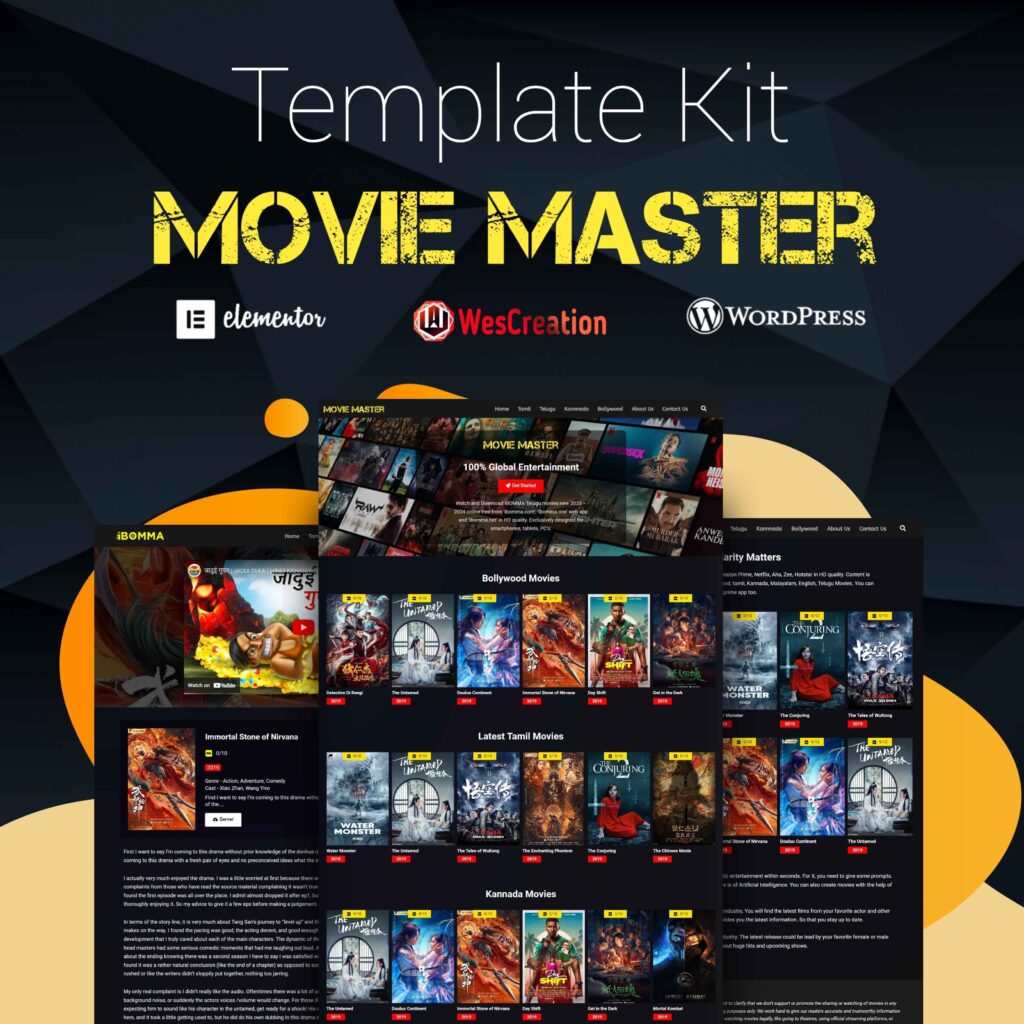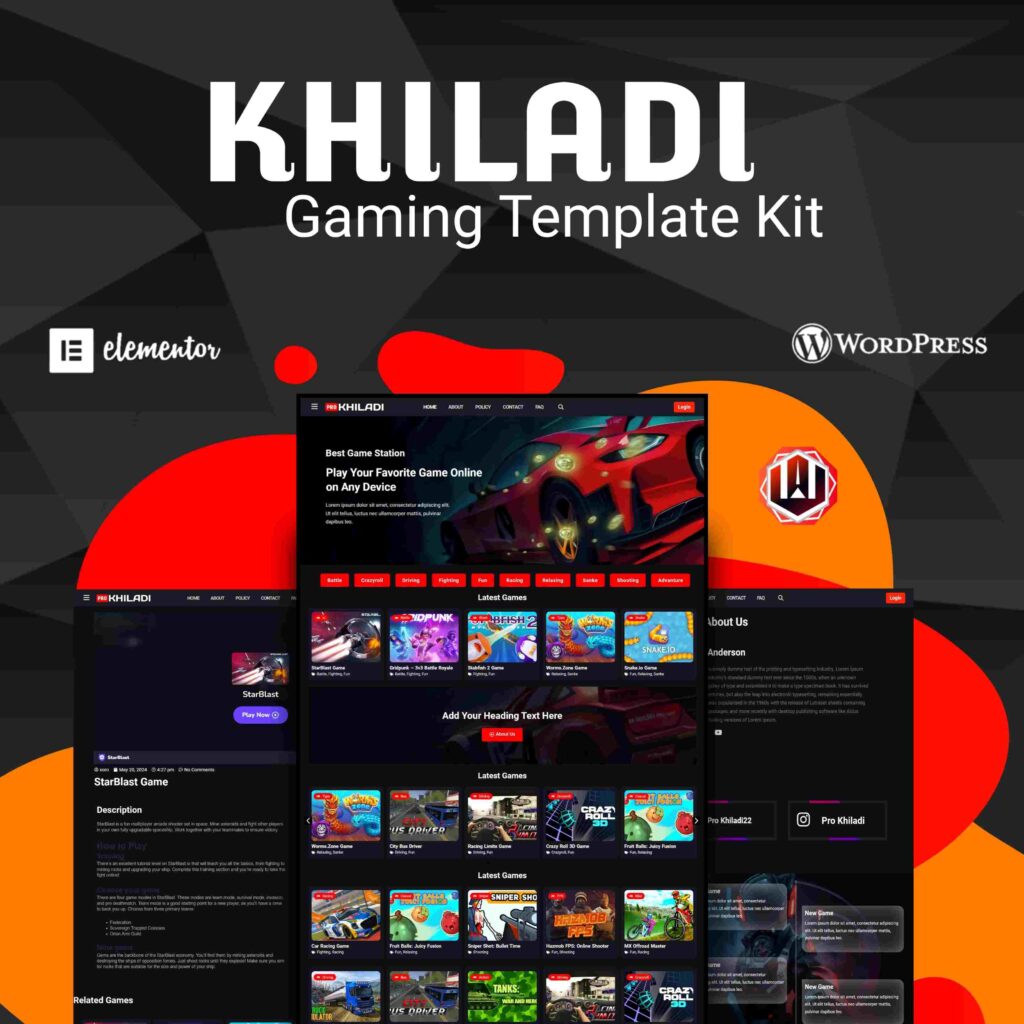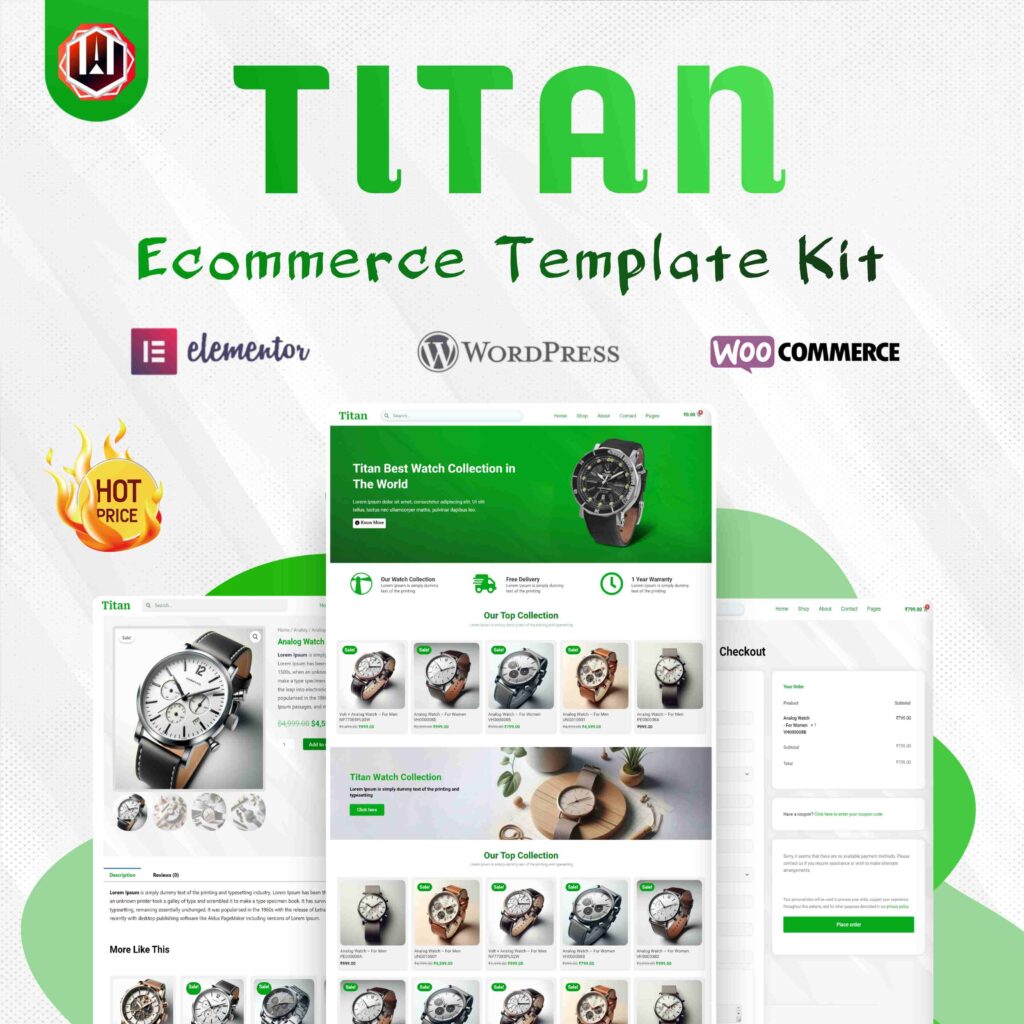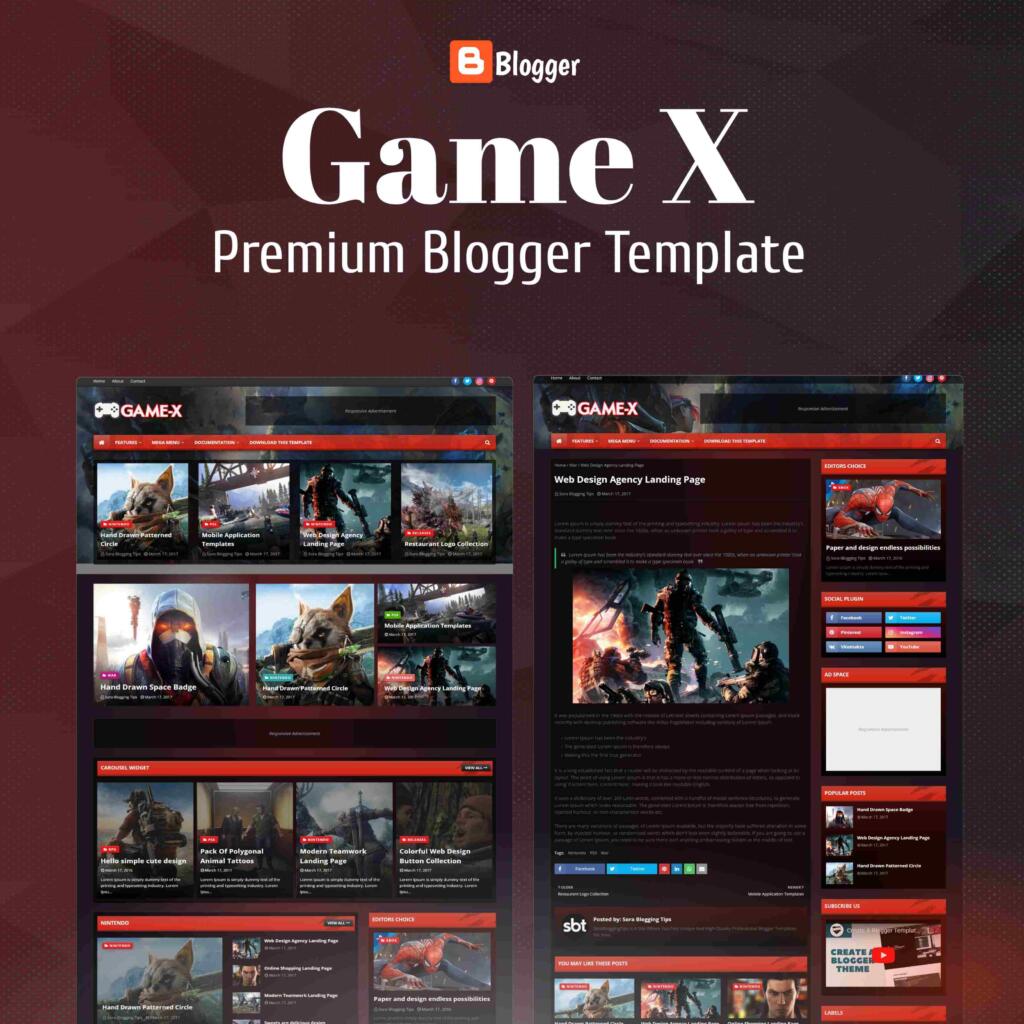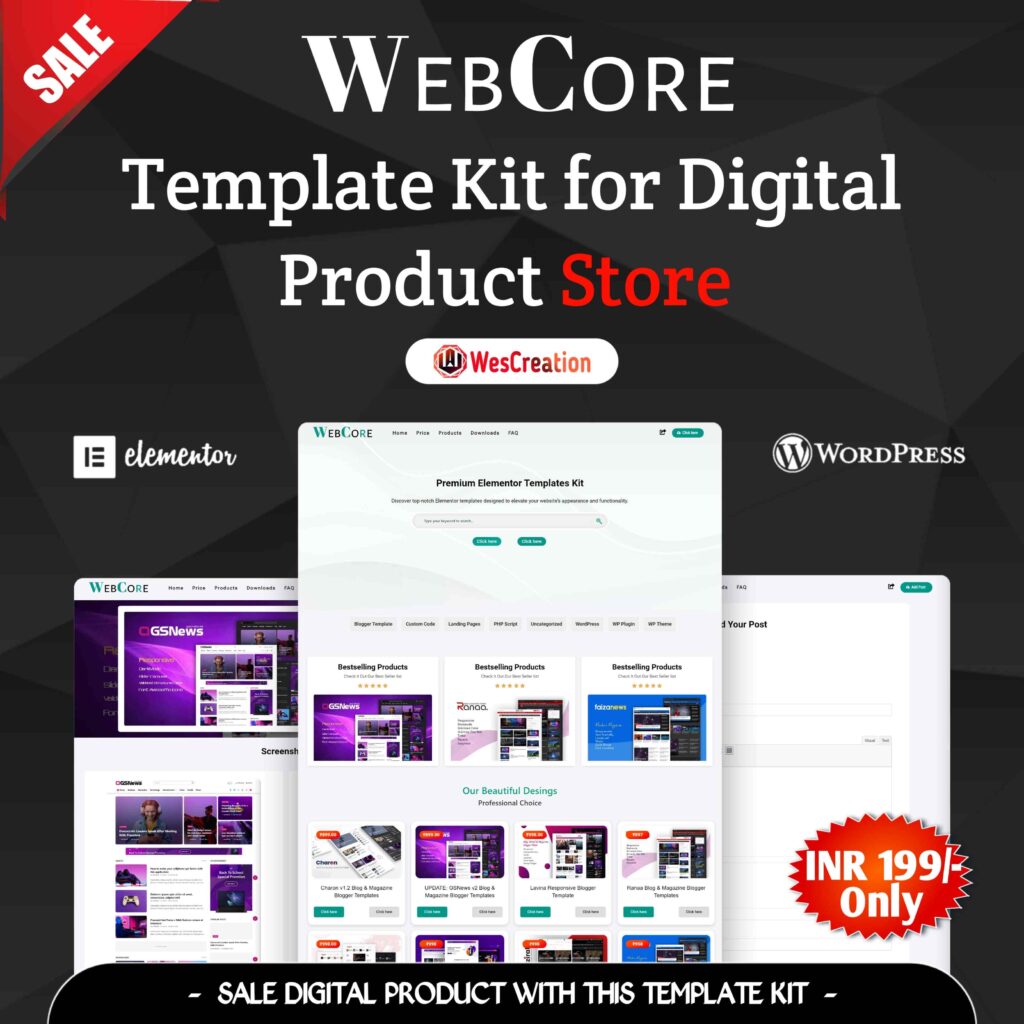On-Page SEO
I. Covering Topics from On-Page SEO
- What is On-Page SEO?
- Importance of On-Page SEO
II. Understanding On-Page SEO Elements
- Title Tags
- Meta Descriptions
- URL Structure
- Header Tags
- Keyword Optimization
- Image Optimization
- Internal Linking
- Content Quality and Relevance
- User Experience (UX) Optimization
III. Best Practices for On-Page SEO
- Conducting Keyword Research
- Creating Compelling Content
- Optimizing Title Tags and Meta Descriptions
- Structuring URLs Effectively
- Utilizing Header Tags for Hierarchical Organization
- Incorporating Keywords Naturally
- Enhancing Image Optimization
- Implementing Internal Linking Strategies
- Prioritizing User Experience (UX)
IV. Tools for On-Page SEO
- Keyword Research Tools
- SEO Plugins
- Website Auditing Tools
- Heatmap Tools
V. Measuring On-Page SEO Success
- Monitoring Keyword Rankings
- Analyzing Organic Traffic
- Tracking User Engagement Metrics
VI. Common On-Page SEO Mistakes to Avoid
- Keyword Stuffing
- Duplicate Content
- Ignoring Technical SEO Issues
- Neglecting Mobile Optimization
VII. Conclusion
On-Page SEO: Enhancing Your Website’s Visibility
On-page SEO, often regarded as the cornerstone of any successful digital marketing strategy, encompasses a myriad of techniques aimed at optimizing individual web pages to rank higher in search engine results pages (SERPs). By fine-tuning various on-page elements, websites can improve their visibility, attract organic traffic, and ultimately, achieve their business objectives.

I. Introduction to On-Page SEO
What is On-Page SEO?
On-page SEO refers to the practice of optimizing individual web pages to improve their search engine rankings and attract relevant organic traffic. Unlike off-page SEO, which involves external factors like backlinks and social signals, on-page SEO focuses on optimizing the content and HTML source code of a page.
Importance of On-Page SEO
Effective on-page SEO not only enhances a website’s visibility but also contributes to better user experience, increased dwell time, and higher conversion rates. By aligning content with user intent and search engine algorithms, businesses can establish their authority, credibility, and relevance in their respective niches.
On-page SEO plays a pivotal role in enhancing the visibility, relevance, and ranking of individual web pages on search engine results pages (SERPs). Here’s a detailed breakdown of its significance:
- Search Engine Understanding: On-page SEO helps search engines comprehend the content and structure of a website, allowing them to index and rank pages accurately [3].
- Relevance Identification: By optimizing on-page elements such as title tags, meta descriptions, and header tags, websites can signal their relevance to specific search queries, attracting qualified organic traffic [2].
- User Experience Enhancement: Effective on-page SEO practices contribute to a positive user experience by ensuring fast page loading times, mobile responsiveness, and clear navigation, leading to lower bounce rates and higher engagement [6].
- Competitive Edge: Websites that prioritize on-page optimization gain a competitive advantage by offering valuable, accessible, and well-structured content that resonates with both users and search engines [4].
- Cost-Effectiveness: Unlike paid advertising, on-page SEO techniques offer a sustainable and cost-effective approach to increasing organic traffic and improving search rankings over time [5].
II. Understanding On-Page SEO Elements
Title Tags
Title tags, displayed as the clickable headline in SERPs, play a crucial role in attracting users and conveying the page’s relevance to search queries. Optimal title tags are concise, descriptive, and contain primary keywords.
Title tags are HTML elements that define the title of a webpage. They play a crucial role in SEO by appearing as clickable headlines in search engine results pages (SERPs) and browser tabs. Optimizing title tags is essential for improving search engine visibility, attracting clicks, and enhancing user experience.
Effective title tags are concise, descriptive, and contain relevant keywords to accurately reflect the content of the page.
They provide valuable context to both users and search engines, aiding in understanding the content and relevance of a webpage.
Properly crafted title tags increase the likelihood of users clicking through to the website, ultimately driving organic traffic.
Meta Descriptions
Meta descriptions provide a brief summary of a web page’s content and serve as a preview snippet in search results. Crafting compelling meta descriptions can improve click-through rates and encourage users to visit the page. Meta descriptions are crucial for SEO as they serve as a brief summary of a webpage’s content. While they don’t directly impact rankings, compelling meta descriptions can significantly influence click-through rates by enticing users to visit the page. These descriptions appear below the title tag in search engine results, providing users with a preview of what to expect from the webpage. Crafting engaging meta descriptions involves concisely summarizing the page’s content, including relevant keywords, and enticing users to click through. Despite not being a direct ranking factor, well-written meta descriptions can indirectly impact SEO by improving user engagement and signaling the relevance of the page to search engines.
URL Structure
A clean and structured URL not only enhances readability but also aids search engines in understanding the relevance of the page to a given query. Including relevant keywords in the URL can further improve search visibility.
URL structure is crucial for SEO as it impacts website visibility, usability, and search engine rankings. Here are key points regarding URL structure:
- Descriptive and Concise: URLs should be descriptive, conveying the content of the page while remaining concise. Clear URLs help both users and search engines understand the page’s topic [4].
- Keyword Inclusion: Incorporating relevant keywords in URLs can improve search engine optimization. Keywords provide context to search engines and users about the page’s content [5].
- Hyphens Over Underscores: Hyphens are recommended over underscores for separating words in URLs. They are more readable and contribute to better SEO [3].
- Lowercase Letters: URLs are case sensitive, and using lowercase letters is advisable for consistency and to avoid confusion [6].
Header Tags
Header tags (H1-H6) are used to structure the content hierarchically, with H1 representing the main heading and subsequent tags indicating subheadings. Proper use of header tags improves readability and helps search engines interpret the content’s structure.
Keyword Optimization
Strategic placement of keywords throughout the content signals relevance to search engines. However, over-optimization or keyword stuffing should be avoided to maintain readability and avoid penalties.
Keyword optimization is a vital component of SEO aimed at enhancing a webpage’s relevance to specific search queries. Here’s a concise overview:
- Research and Analysis: Conduct thorough keyword research to identify relevant terms and phrases with high search volume and low competition.
- Strategic Implementation: Incorporate selected keywords naturally into webpage content, including titles, headings, meta descriptions, and body text.
- Avoid Keyword Stuffing: Maintain a balance between keyword usage and readability. Overuse of keywords, known as keyword stuffing, can negatively impact user experience and SEO.
- Continuous Monitoring and Adjustment: Regularly monitor keyword performance using analytics tools and adjust strategies based on insights to adapt to changing search trends.
- Optimize for User Intent: Prioritize understanding user intent behind search queries and tailor content to provide valuable solutions or information.
Image Optimization
Optimizing images by using descriptive filenames, alt text, and captions not only improves accessibility but also provides additional opportunities for keyword optimization and enhances visual appeal.
Internal Linking
Creating a network of internal links helps distribute link equity throughout the website, improves navigation, and facilitates the discovery of relevant content by both users and search engines.
Content Quality and Relevance
High-quality, relevant content is fundamental to on-page SEO success. By addressing user intent, providing valuable insights, and maintaining freshness, websites can attract and retain engaged audiences.
Content quality and relevance are crucial factors in SEO and online marketing. Here’s a brief overview:
- Quality Assessment: Evaluate content based on factors like readability, engagement metrics, accuracy, and uniqueness.
- Relevance to Audience: Ensure content aligns with the interests, needs, and search intent of your target audience.
- Monitoring Search Rankings: Monitor search rankings for target keywords and topics to gauge content quality and relevance.
- Click-Through Rates (CTR): Assess CTR from search results to understand how compelling and relevant your content appears to users.
- Content Freshness: Regularly update content to keep it relevant and observe its impact on search rankings.
User Experience (UX) Optimization
Optimizing for user experience involves ensuring fast page loading times, mobile responsiveness, intuitive navigation, and clear calls-to-action. Positive user experiences lead to higher engagement and better search rankings.
III. Best Practices for On-Page SEO
Conducting Keyword Research
Thorough keyword research helps identify relevant search queries and uncover content opportunities. Utilizing keyword research tools and analyzing competitor strategies can inform content creation and optimization efforts.
Creating Compelling Content
Content should be informative, engaging, and tailored to address the needs and interests of the target audience. By providing unique value propositions and solving user problems, websites can differentiate themselves and attract organic traffic.
Optimizing Title Tags and Meta Descriptions
Crafting compelling title tags and meta descriptions that accurately reflect the content can improve click-through rates and enhance search visibility. Including relevant keywords and a clear call-to-action encourages user interaction.
Structuring URLs Effectively
Clear, concise, and descriptive URLs improve user experience and help search engines understand the context of the page. Avoiding unnecessary parameters or dynamic URLs ensures accessibility and crawlability.
Utilizing Header Tags for Hierarchical Organization
Proper use of header tags not only enhances readability but also signals the topical relevance of the content to search engines. Using a hierarchical structure with one H1 tag per page and subsequent subheadings improves content organization.
Incorporating Keywords Naturally
Integrating keywords naturally within the content helps improve relevance and visibility without sacrificing readability. Focus on creating valuable, informative content that addresses user needs while strategically placing keywords in key areas.
Enhancing Image Optimization
Optimizing images with descriptive filenames, alt text, and captions improves accessibility and provides additional opportunities for keyword optimization. Compressing images to reduce file size ensures fast loading times and enhances user experience.
Implementing Internal Linking Strategies
Strategic internal linking helps distribute link equity, establish topical relevance, and improve website navigation. Linking to related content within the site encourages users to explore further and increases engagement.
Prioritizing User Experience (UX)
Focusing on user experience optimization involves optimizing for page speed, mobile responsiveness, intuitive navigation, and clear calls-to-action. Positive user experiences lead to higher engagement, lower bounce rates, and improved search rankings.
IV. Tools for On-Page SEO
Keyword Research Tools
Tools like SEMrush, Ahrefs, and Google Keyword Planner provide valuable insights into search trends, competition analysis, and keyword suggestions to inform content optimization strategies.
SEO Plugins
Popular SEO plugins like Yoast SEO and Rank Math offer features for optimizing title tags, meta descriptions, XML sitemaps, and other on-page elements within content management systems like WordPress.
Website Auditing Tools
Platforms like Screaming Frog and Moz Site Crawl enable comprehensive audits of website SEO health, identifying issues such as broken links, duplicate content, and crawlability issues that may impact on-page SEO performance.
Heatmap Tools
Heatmap tools like Hotjar and Crazy Egg provide visual representations of user behavior, helping identify areas of interest, engagement, and friction on web pages. Insights from heatmaps inform UX optimization efforts.
V. Measuring On-Page SEO Success
Monitoring Keyword Rankings
Tracking keyword rankings over time helps gauge the effectiveness of on-page SEO efforts and identify areas for improvement. Tools like Google

